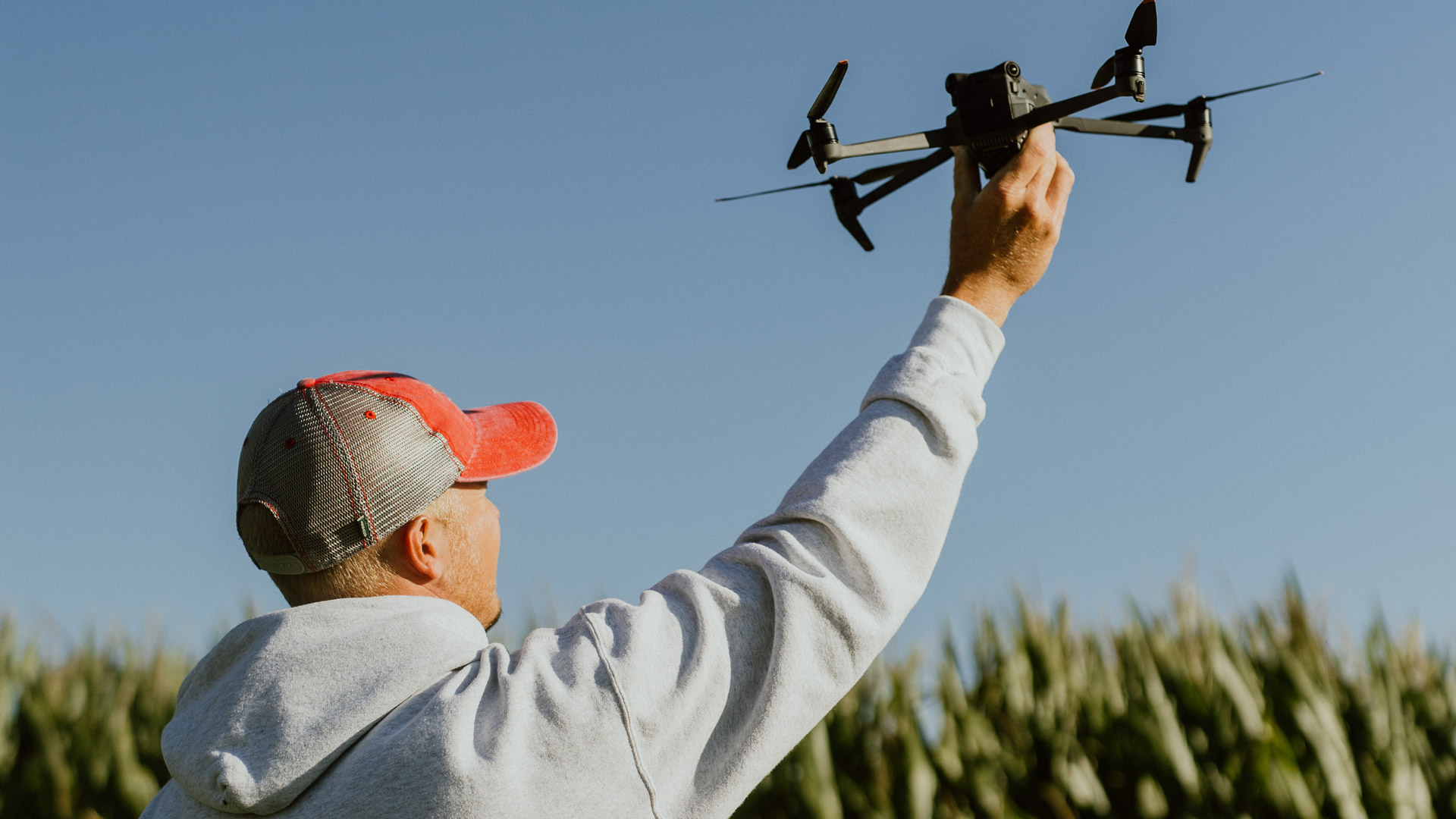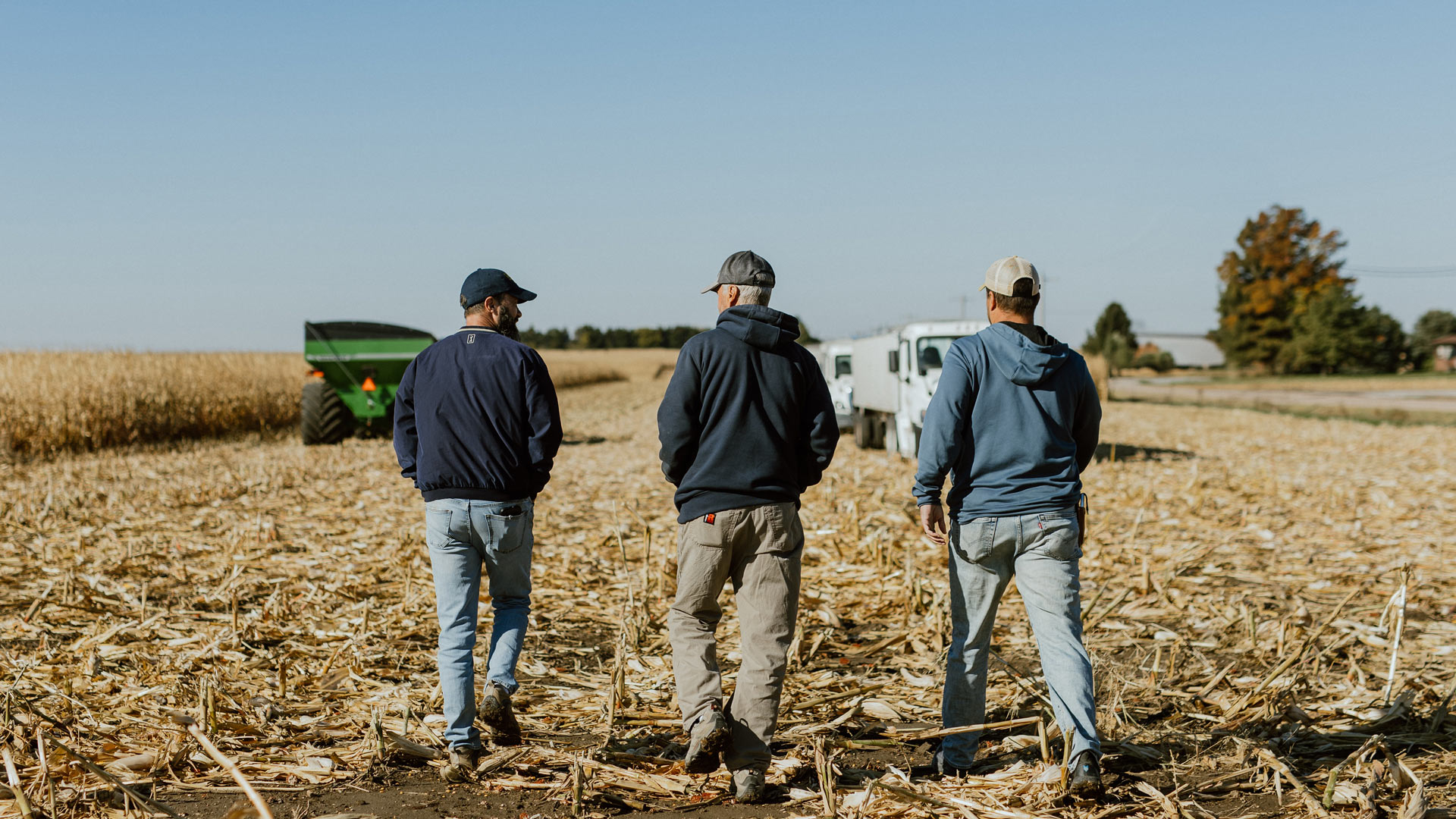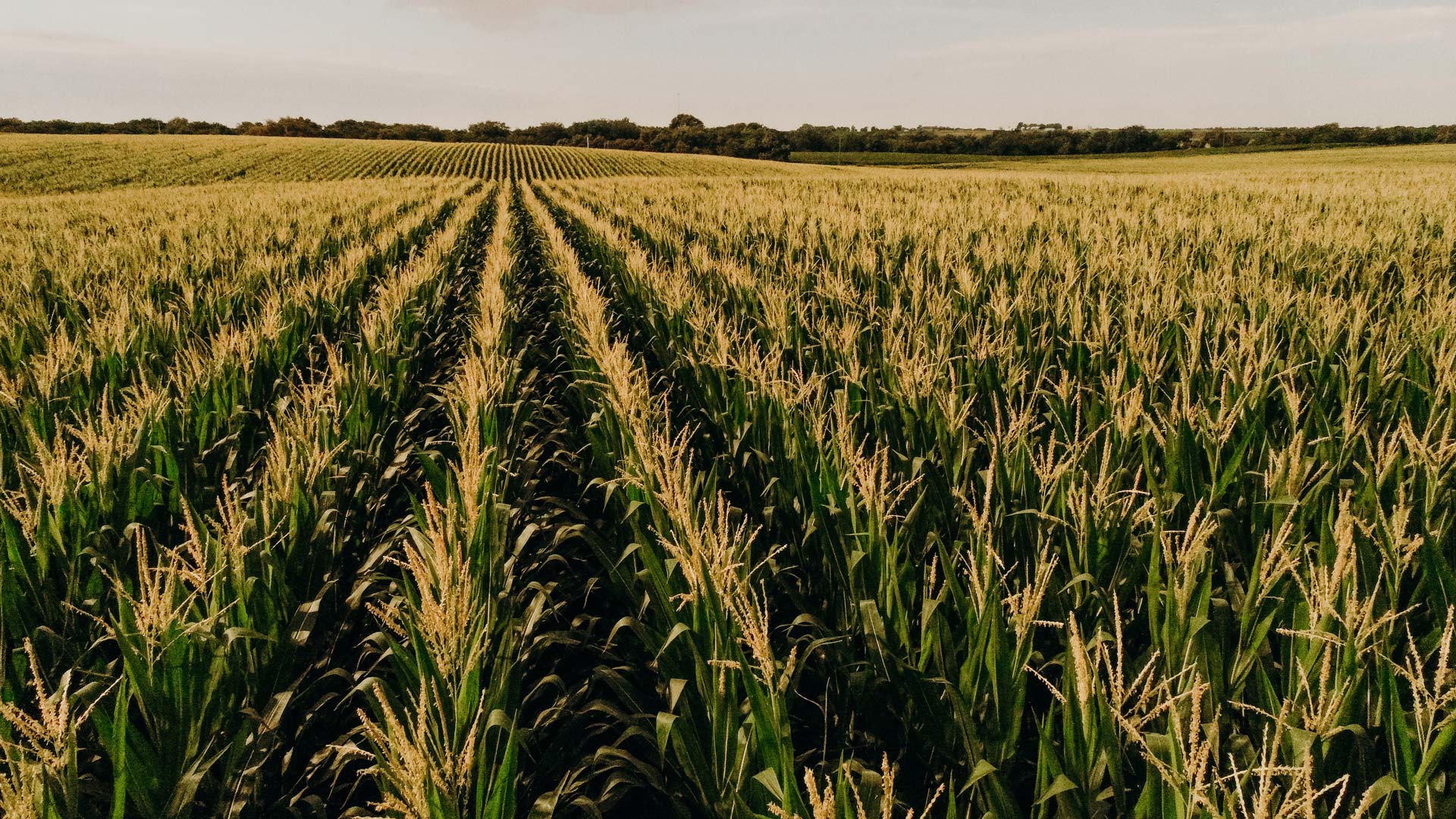Corn is a staple in diets around the world and has been a vital source for nutrition for centuries. But despite the long history of corn and how important it is, there are probably more than a few facts you weren't aware of. Here in Nebraska, corn farmers are a cornerstone of our economy, cultivating this amazing plant into a powerhouse crop with dozens of applications.
If that sounds a little hard to believe, continue below for 11 facts you may not have known about Nebraska corn.
1: What Is Nebraska's Biggest Crop?
While already known for its rich agriculture, Nebraska is particularly efficient at growing corn. Corn is Nebraska's largest crop by far, although that may not come as much of a surprise for anyone who knows Nebraska as the Cornhusker State.
Nebraska is a leading producer of several types of corn. One type, flint corn, is turned into one of our favorite treats: popcorn! Nebraska is also a top producer of white corn, which is used in chips and other food products. Finally, Nebraska remains a top-ranking state in the overall production of field corn, which makes up 99% of the corn grown in the state. Field corn is especially versatile and can be found in all sorts of common products.
2: When Is Corn Harvested in Nebraska?
Nebraska harvests its corn over a period of several months. Like most corn farmers in neighboring states, the bulk of Nebraska's corn is harvested in the fall. September is usually the busiest month, but dry weather and other climate factors can prolong the harvest further. In fact, some corn is harvested as late as November and even early December.
The actual harvest commences once the plant has dried out. The corn stalks should be a light, golden brown color rather than the typical shade of green.
3: How Many Acres of Corn Are There in Nebraska?
The better question to ask is how many acres were harvested. After all, a percentage of the crop doesn't make it to harvest due to pests, disease, storms and other problems with the growing conditions.
Approximately 8.8 million acres of corn was harvested last year in Nebraska. 2021 corn production was especially bountiful, breaking records and yielding nearly 10 million acres of harvested corn.
4: How Much Corn Does Nebraska Produce in a Year?
Among all the millions of acres harvested in 2022, Nebraska yielded more than 1.4 billion bushels of corn. While that's a lot of volume in itself, it's also a large percentage of Nebraska's economy. Because corn can be used in so many different industries, harvests generate billions each year in economic value.
5: When Is Corn Planted in Nebraska?
Corn is a surprisingly picky crop when it comes to ideal planting conditions. The soil temperature should be between 50-55 degrees Fahrenheit or you risk delaying growth as well as freezing or rot. Cold-tolerant seeds can reduce risk, but ideally you want to plant after the last frost. For much of Nebraska, this means planting usually starts in mid to late April.
6: Who Produces More Corn: Nebraska or Iowa?
While Nebraska leads the country in producing specific varieties of corn, higher amounts of rainfall are part of the reason Iowa produces more corn overall. In fact, Iowa produces 30% of the U.S. crop, with Nebraska producing another 10% of the total.
7: Does Nebraska Have the Best Corn?
The quality of a crop can be measured in a number of ways. For example, the USDA uses the Crop Condition Index or CCI rating system to monitor the health of different states' crops. Nebraska's climate and soil consistently make it a top performer, rivaling other Midwest states. The quality of Nebraska's corn often exceeds states with larger overall production, like Illinois and Iowa.
8: What Is the Most Profitable Crop to Grow in Nebraska?
Remember when we said Nebraska corn produces billions of dollars in value? 2022's harvest yielded almost $10 billion dollars! As you may have guessed, the wholesale of corn (along with wheat and soybeans) is the largest contributor to Nebraska's GDP, with nearly $20 billion in revenue in 2022.
9: What Does Nebraska Do with All Its Corn?
While much of Nebraska's corn stays within the United States, nearly 30% is exported internationally.
One of the primary domestic uses for Nebraska's corn is the production of ethanol biofuel. Ethanol is blended with gasoline to make this innovative fuel, and Nebraska is the second-largest producer of ethanol throughout the United States. You'll mostly see it sold as a 15% blend with gasoline, listed as E15 or Unleaded88 at gas stations.
Another major industry for Nebraska's corn is feed for cattle and beef operations. From small-scale operations to some of the country's most historic ranches, Nebraska raises livestock of exceptional quality. This is partially because of its easy access to feed corn, which is also exported to other states. California alone buys approximately 145 million bushels of Nebraska corn each year for livestock and poultry feed.
10: What County in Nebraska Produces the Most Corn?
Due to its proximity to the Platte River and wetter conditions in the southeast portion of the state, Hamilton County was the highest producer of corn in Nebraska in 2022. It produced more than 41 million bushels, leading other top-producing counties like York, Dawson, Buffalo and Phelps County.
11: How Much of Nebraska Is Corn?
9.6 million acres of corn were planted in 2022. Harvested yields fell to 8.8 million acres because of the severe drought, but that's still an enormous amount of land used for corn production. To help you visualize just how much corn that is, the entire state of Massachusetts is roughly 6.7 million acres. Imagine converting an entire state with farmland for a single crop!
Corn Remains a Vital Part of Nebraska
Whether it's the land devoted to growing it or the dollar value it provides our economy, corn goes hand in hand with Nebraska. We are proud to produce high-quality grain capable of feeding livestock, fueling cars and many other benefits. Explore more of our resources for other facts about Nebraska corn.




